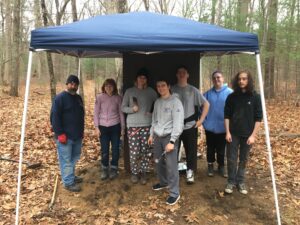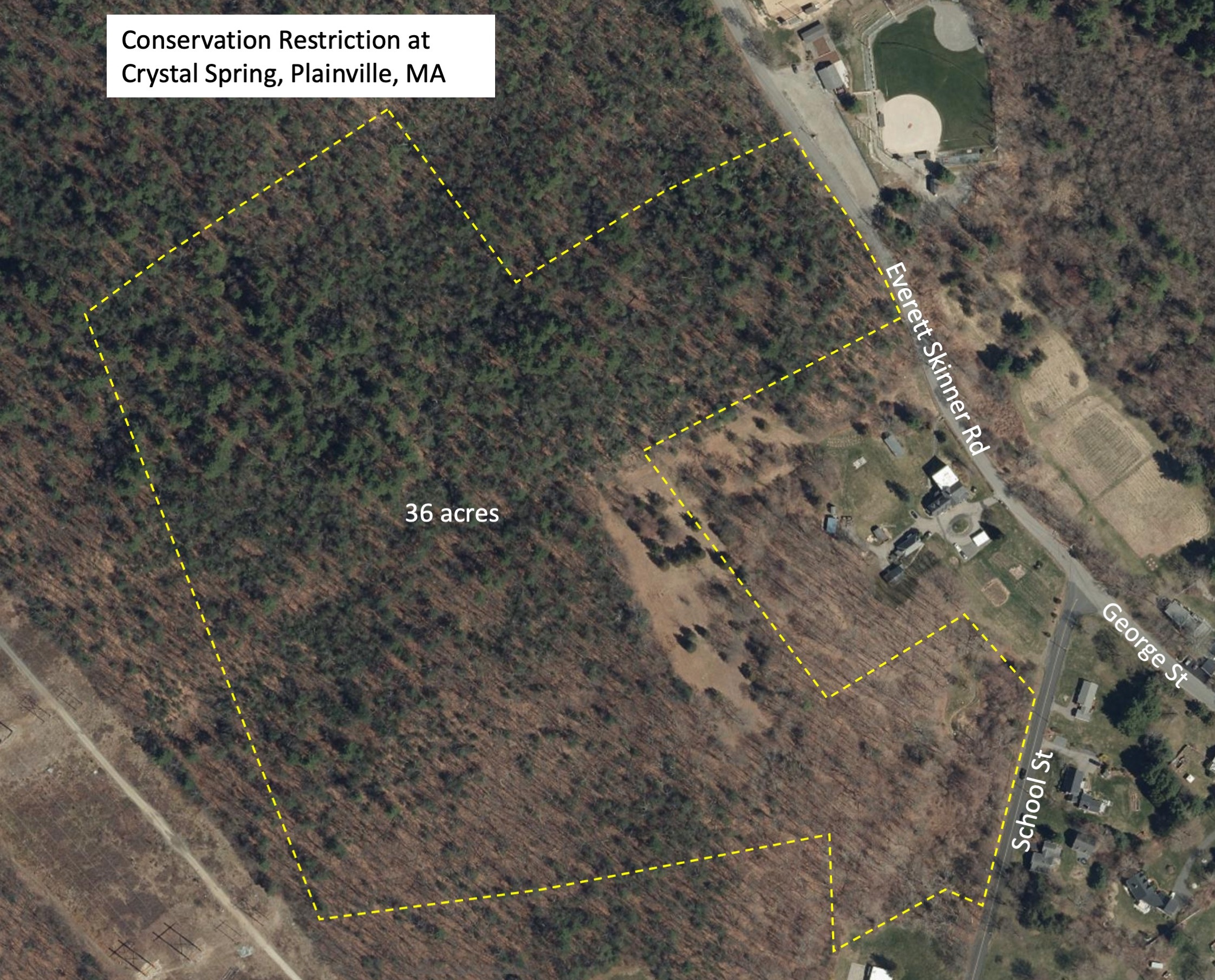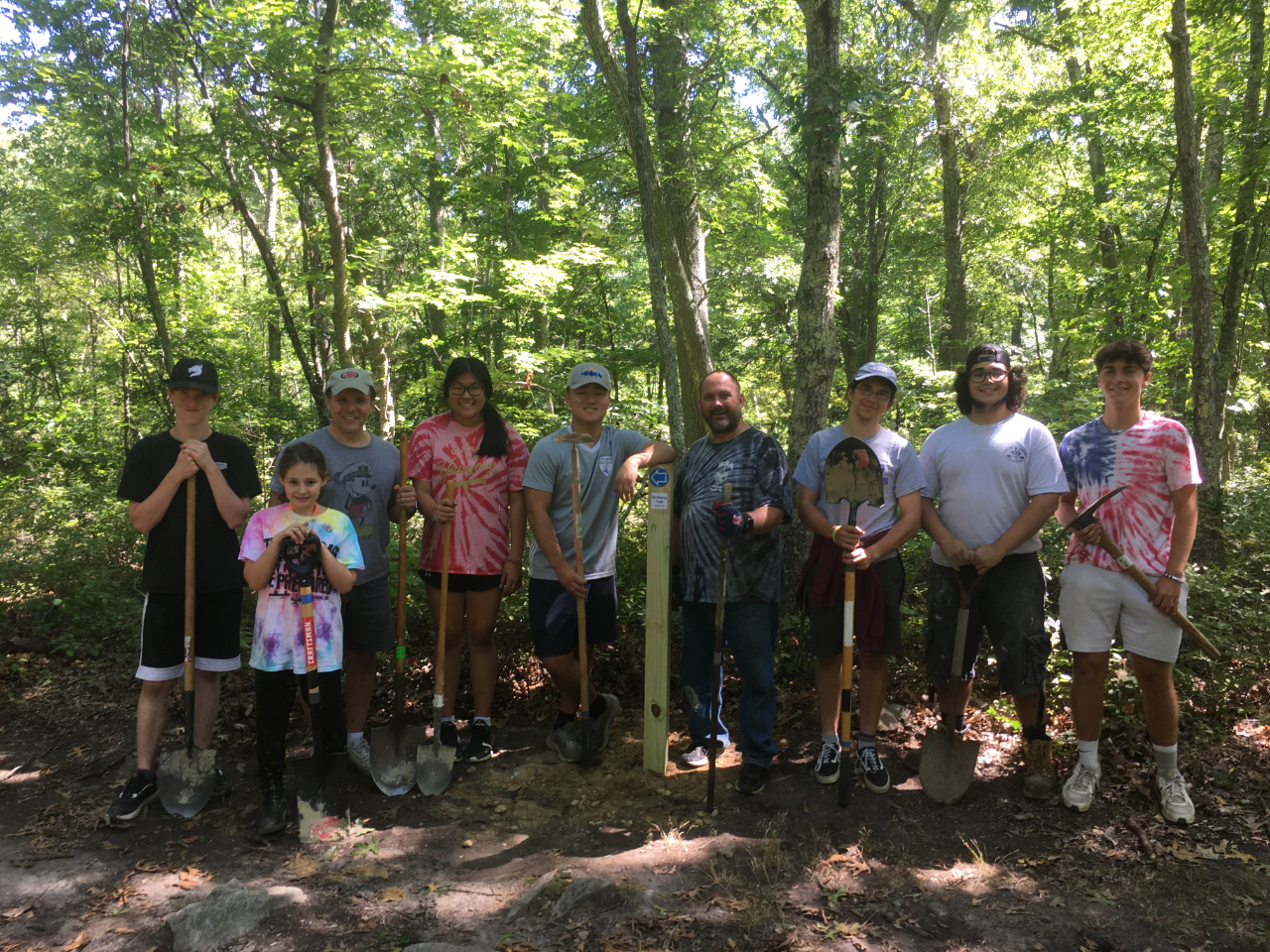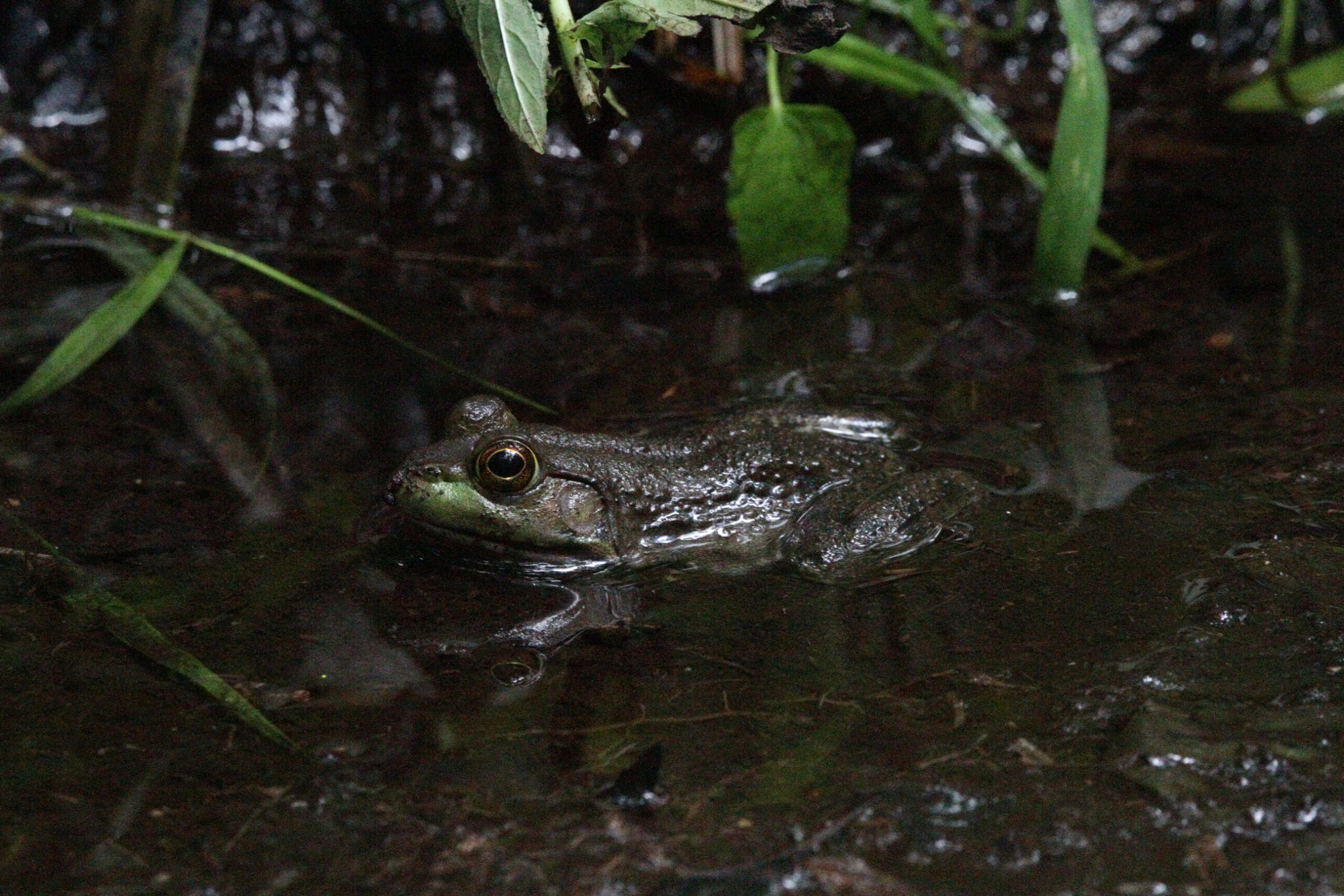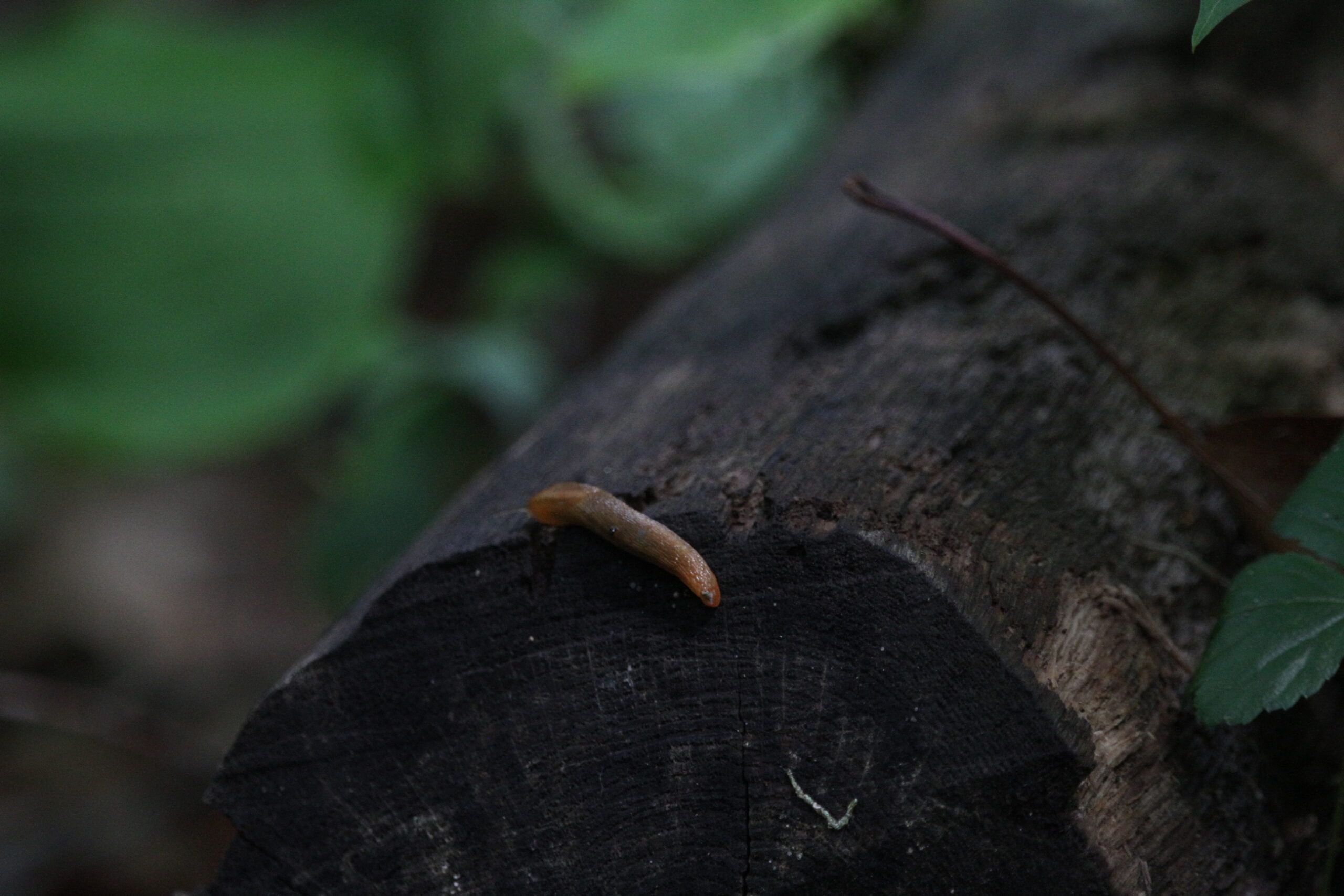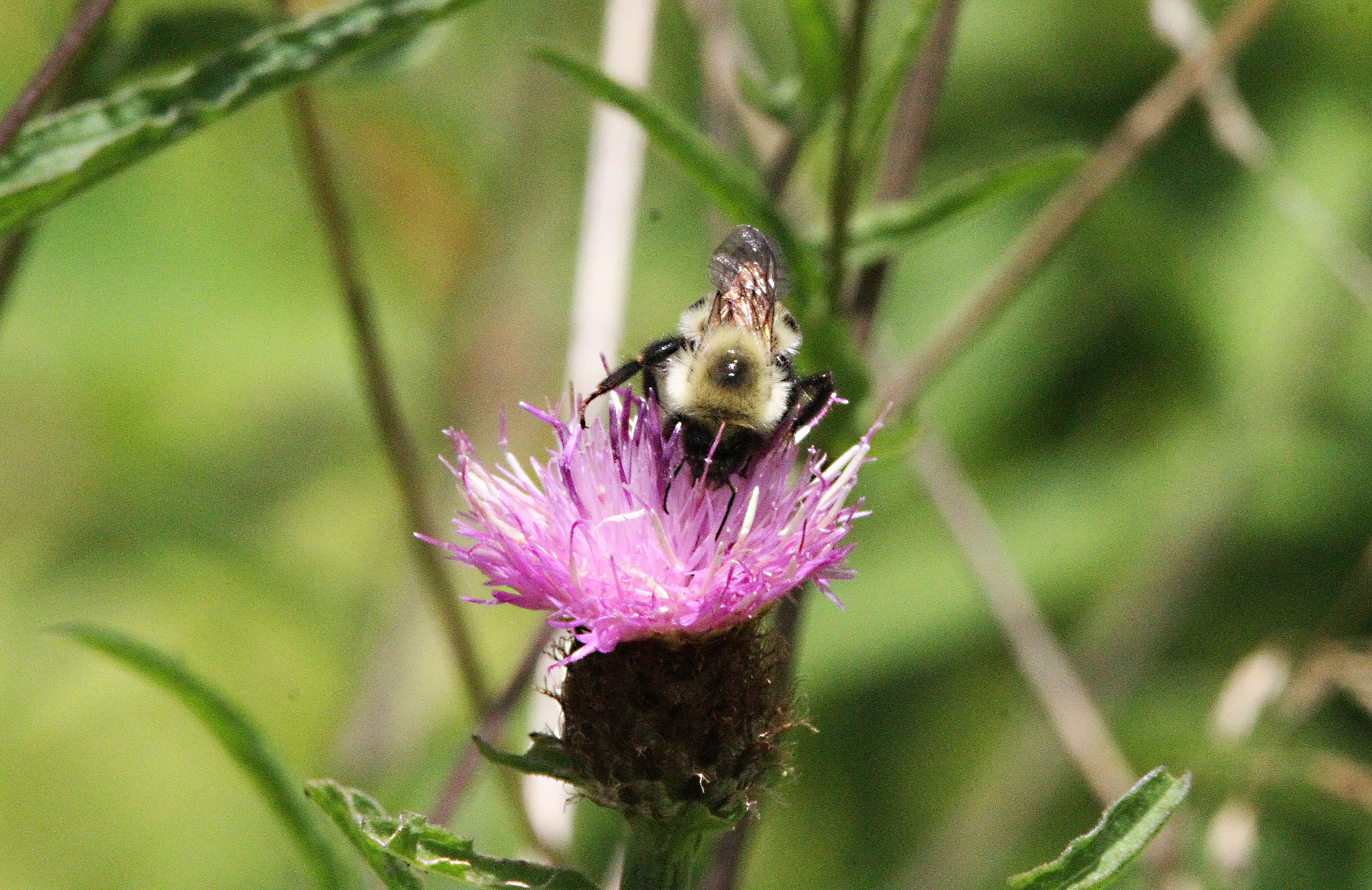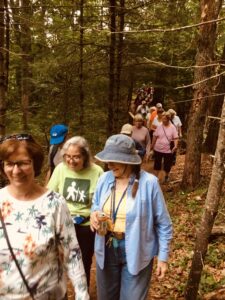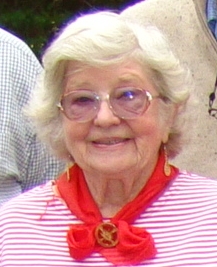
Millie Bauer, a longstanding member of the board of directors of the Attleboro Land Trust, passed away on March 13. Millie and her husband Reverend Everett Bauer joined the board in 1995. After Everett’s death in 2000, Millie continued to be an active and engaged board member for another 10 years. While on the board she served as secretary for 11 years.
Millie’s passion for the environment and for her community were an inspiration to others. Among her many achievements on behalf of the land trust was “2000 Trees for 2000”–a project she and Joanne Wright completed to mark the millennial by distributing 2000 trees for planting by area residents.
We would like to send out our condolences to Millie’s family and friends, and to all whom she touched during her productive 96 years on the planetary home for which she cared so much.
https://www.hathawayfunerals.com/obituary/MildredH-Bauer
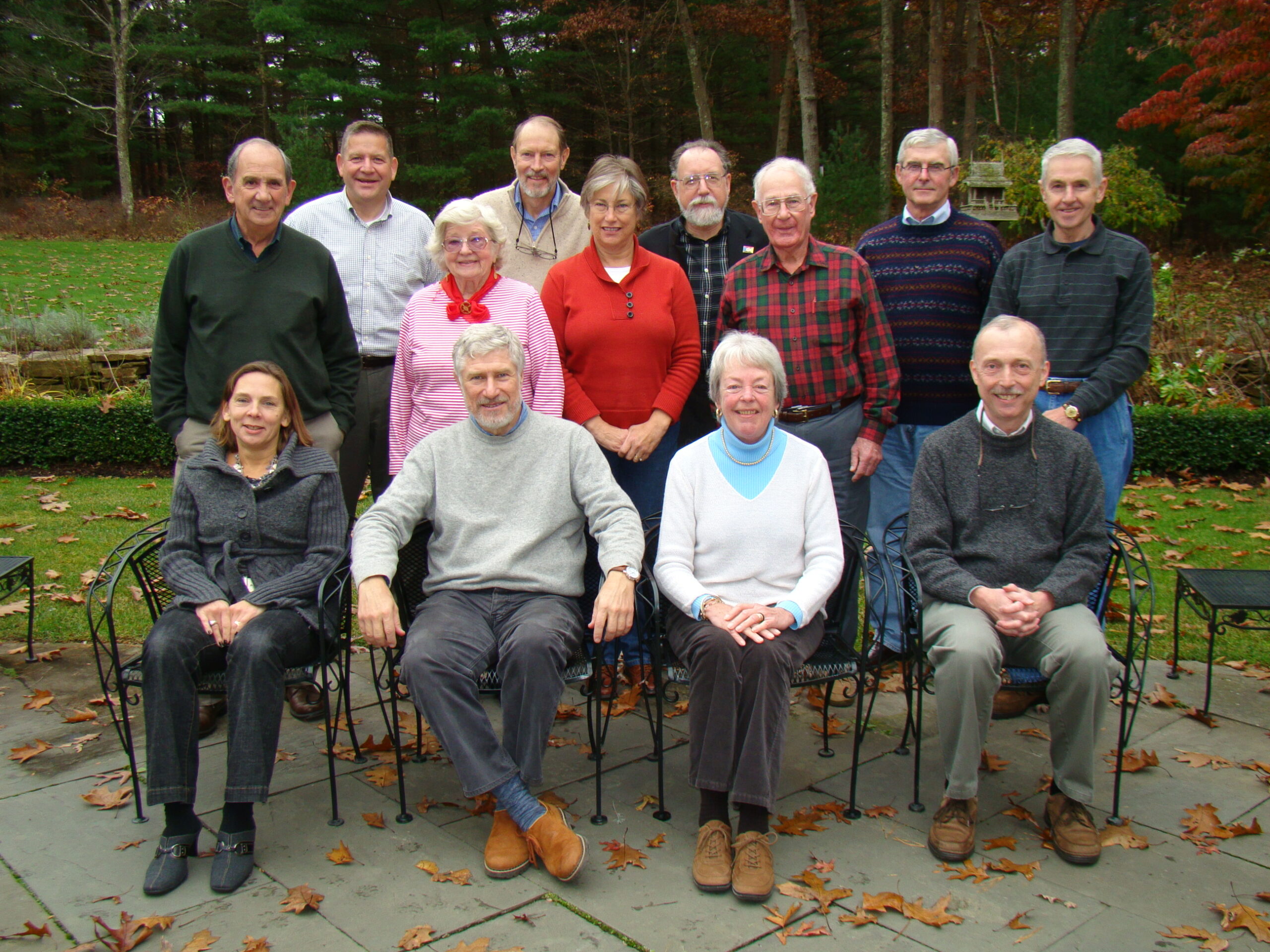
Attleboro Land Trust Board of Directors at a strategic planning retreat, November 6, 2010


